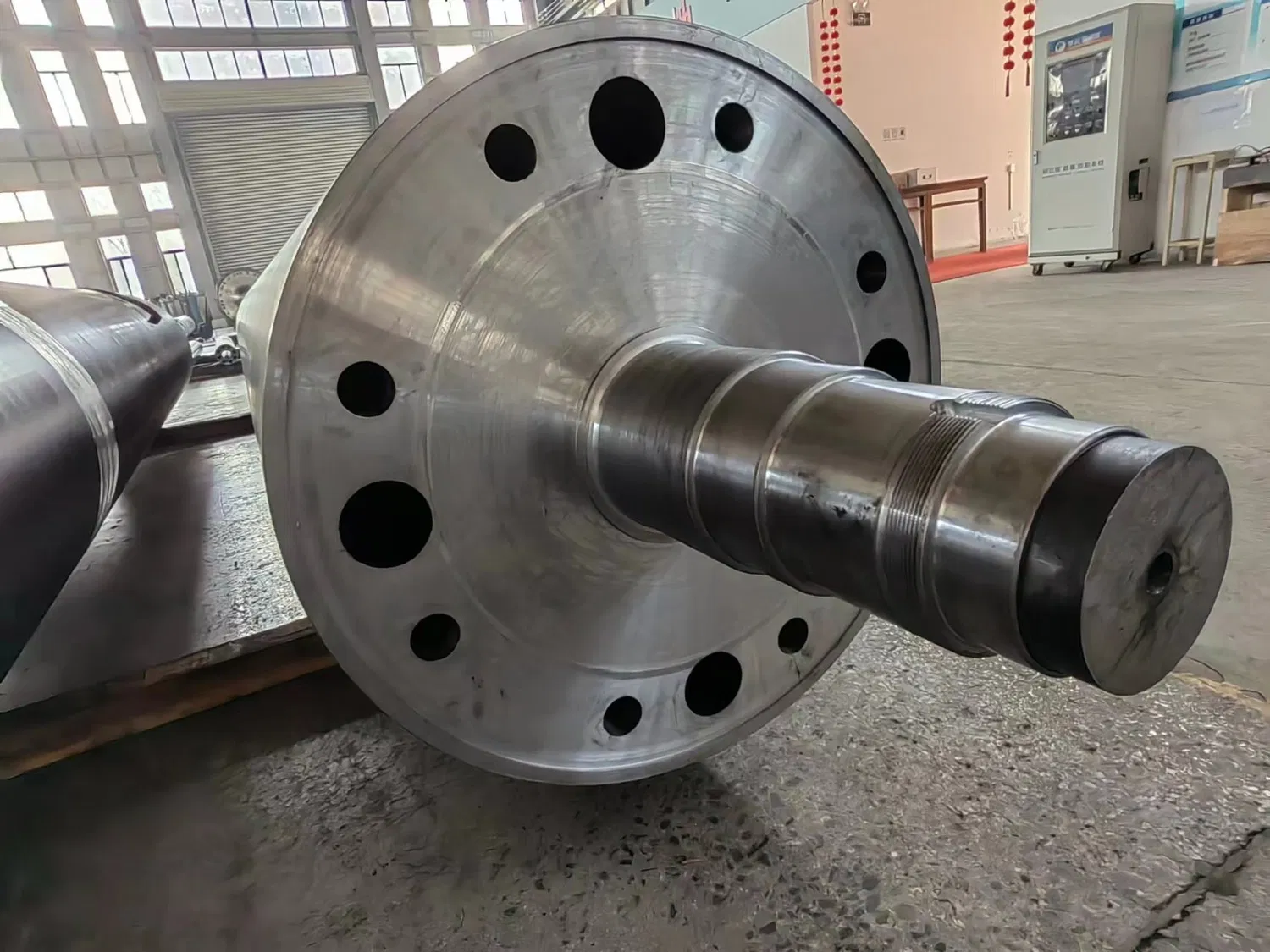Unraveling the Process
Before diving into the environmental impact of granite roll production, it's essential to understand the process. Granite is a naturally occurring stone, formed over millions of years. To produce granite rolls, large blocks are extracted from quarries, cut into slabs, and then shaped into rolls. This process involves heavy machinery, energy consumption, and water usage.
Resource Extraction and Waste Generation
Granite extraction can lead to significant habitat destruction and loss of biodiversity. Moreover, a substantial amount of waste is generated during the process, with only about half of the extracted material being used. The remaining waste, often discarded near the quarry site, can pollute soil and water sources.
Energy Consumption and Carbon Footprint
Interestingly enough, the stone industry is one of the largest consumers of energy worldwide. Granite roll production is no exception, requiring significant energy for cutting, polishing, and transporting the stone. This energy consumption contributes to a substantial carbon footprint, further exacerbating climate change.
Water Usage and Pollution
Water is another critical resource used in granite roll production. It's needed for cooling machinery, dust suppression, and polishing the stone. Unfortunately, this process can lead to water pollution, as wastewater containing stone particles and chemical substances is often discharged into nearby water bodies.
Moving Towards Sustainability
The good news is that there are steps being taken towards more sustainable granite roll production. Here are a few promising practices:
What Can You Do?
As a consumer, your choices matter. Here are some actions you can take:
- Choose Sustainably Sourced Granite: Look for certifications that ensure the granite was produced using sustainable practices.
- Opt for Recycled or Remnant Granite: Using reclaimed granite reduces demand for new production.
- Support Companies Committed to Sustainability: Companies that prioritize environmental stewardship in their operations are worth supporting.
Conclusion
The environmental impact of granite roll production and use is undeniable. However, through sustainable practices and conscious consumer choices, we can make a difference. By prioritizing sustainability, we can continue to enjoy the beauty and durability of granite while minimizing harm to our planet.



